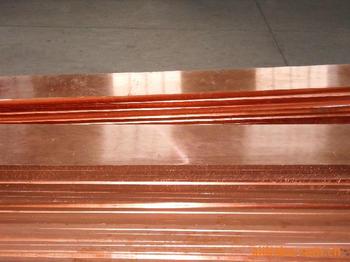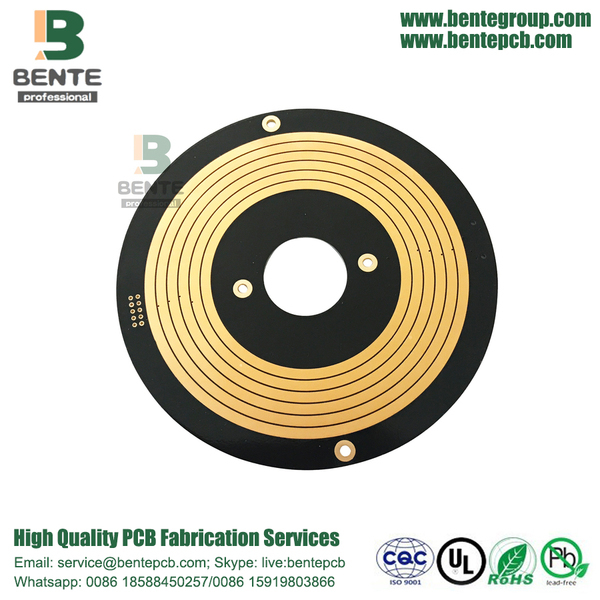Keyword: Thick Copper PCB || PCB Copper Cutting || PCB Solderin || PCB Etching
In this study, a square needle profile tool was used to friction stir weld a 10 mm thick, pure copper plate at a constant rotation speed of 700 rpm and different lateral speeds of 50, 100, 150 and 200 mm / min. Thermal cycles and peak temperatures are recorded using a precision thermocouple. In addition, microstructural features of the joint were examined by light microscopy. In addition, in order to analyze the mechanical properties of the joint, hardness and tensile tests were performed.

In this study, a square needle profile tool was used to friction stir weld a 10 mm thick, pure copper plate at a constant rotation speed of 700 rpm and different lateral speeds of 50, 100, 150 and 200 mm / min. Thermal cycles and peak temperatures are recorded using a precision thermocouple. In addition, microstructural features of the joint were examined by light microscopy. In addition, in order to analyze the mechanical properties of the joint, hardness and tensile tests were performed.

In addition, the joint was dissected using a scanning electron microscope. The results show that higher traversing speeds lead to lower heat input and peak temperature, resulting in finer particles. In addition, higher traversing speeds lead to the formation of defects in the joint. As the traversing speed increases, the ultimate tensile strength of the joint increases to a maximum and then decreases. Similarly, as the traversing speed increases, the joint stiffness and elongation increase and decrease, respectively. In addition, joints welded at lower traversing speeds show more ductile fracture modes.
